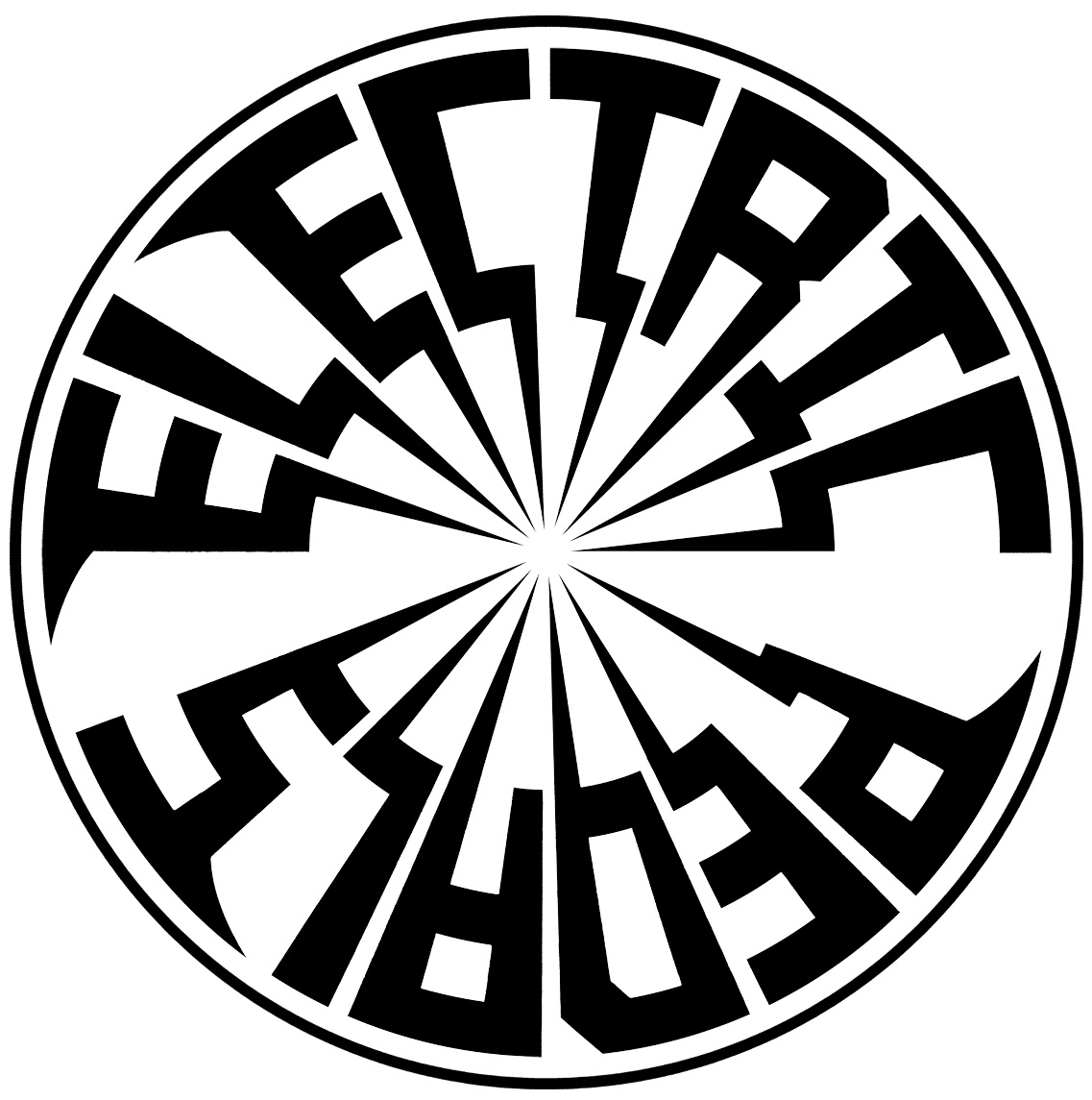Key Stage 2 Science with Eleanor Palmer Primary School
by Steven@electricpedals.com
A lot of the work we do here at Electric Pedals is based around community and education. We do a lot of school workshops and young engineers fairs and regularly get invited to showcase our equipment and ideas. Having only recently joined the team in early February, I was keen to experience some of this and learn a little more about how we communicate science in a fun and interactive way to school children.
So when we were approached a few weeks ago by Eleanor Palmer Primary school in Camden, North London, I jumped at the chance to get involved. As part of the year 4 science curriculum, the pupils were learning about electricity, forces and energy and we were invited along to the school to demonstrate a few basic principles. This was the perfect opportunity for me to experience my first Electric Pedals school workshop.
But first I had a bit of homework to do.
While Colin got busy in the workshop, I swotted up on Key Stage 2 science and the basics of electricity, magnetism, friction and energy. We built a large but simple circuit board with four switches, four light-bulbs and a couple of watt meters connected between two bikes. The idea was to demonstrate just how much human energy needs to be generated to light four 60 Watt light-bulbs.
First we discussed energy and its different forms. In the words of Albert Einstein; “Energy can never be created or destroyed, it can be changed from one form to another”. We set out to put this to the test and with hub generators on the back wheels of the bikes, we traced the transfer of energy from the pupil to the light-bulbs on the circuit board. We taught how the stored potential energy in our breakfast was converted into kinetic energy in our legs and that by pedalling we could create electric energy in the hub generator. The kids learned that the electricity generated was then sent down a wire from the bicycle, through the watt meters, into our homemade circuit board and into the light bulbs to create new forms of energy; light energy and heat energy.
The cyclists experience more resistance as each switch goes down while we read from the Watt meters.
The large switches we used on the board effectively demonstrated the increased resistance as the electricity was shared and the pupils were able to experience its effects directly. We discussed the importance of conductors for efficiency and insulators for safety and the kids took it in turn to throw the switches one by one and feel the effect it had on pedalling the bikes. As each switch went down and a bulb lit up, the cyclists had to push a bit harder against the resistance.
The class came to the conclusion that humans are actually not very efficient at converting food energy into electricity. Powering a few lightbulbs was not as easy as first thought and in turn we raised questions on how much pedalling and energy would be required to power everyday items that we take for granted; the TV at home, an X-Box, a toaster or the whole house itself (which we had actually put to the test!).
To put all this into context, we unrolled our “You Watt?” banner.
Our banner with common household appliances next to the amount of Watts required to power them.
Our banner displays a Watt scale ranging from 10-9000 Watts, with household appliances at each increment and is a great way of demonstrating how much energy we would need to generate to power everyday items we regularly take for granted.
As a fun experiment, we encouraged the pupils to briefly pedal as hard as they could and see how many watts they could generate and using the banner as a leaderboard, we logged their names and peak watts next to the household appliance they would be able to power for that short period of time.
We had covered a lot of the curriculum in the few hours, but after a quick question and answer session about what the kids had learned it was obvious we had missed out another important energy form; sound energy. And what better way to cover our last energy form by throwing a pedal-powered disco. We hooked up some small speakers to our custom built voltage regulator to manage the power and it was time to get pedalling again.
Our custom built voltage regulator handles the electricity generated from the bikes using a ultra capacitor and resistor and ensures a steady and safe flow of electricity.
Using a mobile phone with Spotify, we let the pupils take it in turns to act as DJ and pick their own music while two others pedalled to keep the sound system going.
Everyone else had a boogie!





